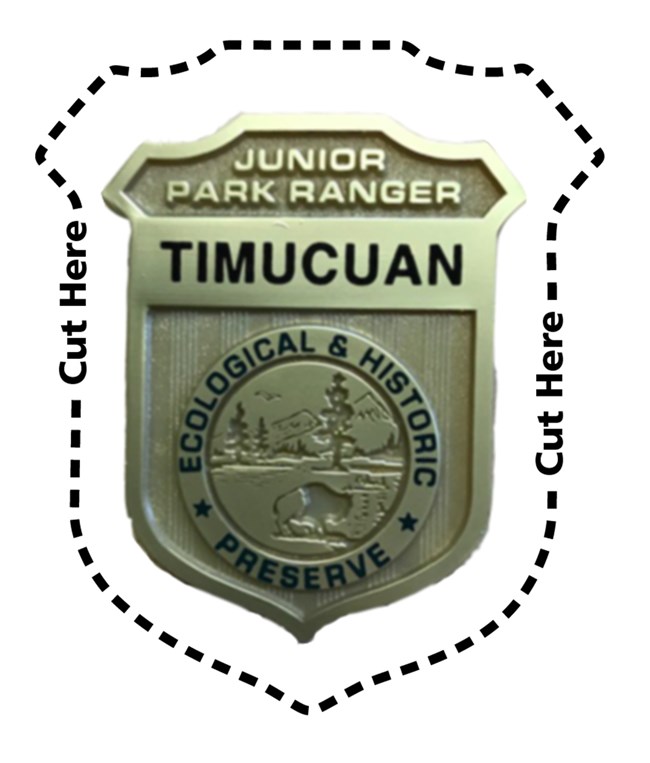Last updated: June 22, 2021
Article
What's in a Name? Online Jr Ranger Activity
The park was named for the Timucua-speaking people who once lived along the rivers and salt marshes in Northeast Florida. These rich natural resources attracted and supported people for thousands of years. Different parts of the park have unique reasons for their names today. Let's play a guessing game! We will name a site or area in Timucuan Ecological and Historic Preserve, you can either write down your guess or play with a friend and each say your guess out loud. Click on the name to read the real story behind it.
|
The streets of American Beach were named in honor of the following: Burney Rd.: I. H. Burney II, a president of the Afro-American Life Insurance Co. (”the Afro”) Ervin St.: Louis Dargan Ellis, first fulltime agent of the Afro, later a vice president Gregg St.: the Rev. Elias J. Gregg, pastor of the Mt. Zion African Methodist Episcopal Church, Jacksonville; first president, African-American Industrial and Benefit Association (predecessor of the Afro) James St.: James H. Lewis, son of A.L. and Mary Lewis, a president of the Afro Julia St.: Julia Brown Lewis, mother of A. L. Lewis Lee St.: the Honorable William H. Lee, secretary, vice president, board member of the Afro Leonard St.: James L. Lewis, grandson of A. L. Lewis Lewis St.: A. L. Lewis, President of the Afro, founder of American Beach Mary St.: Mary Lewis, first wife of A. L. Lewis Price St.: the Rev. Alfred W. Price, third president of the Afro Waldron St.: the Rev. J. Milton Waldron, pastor, Jacksonville’s Bethel Institutional Church; had the original idea for the Afro. |

NPS Image
